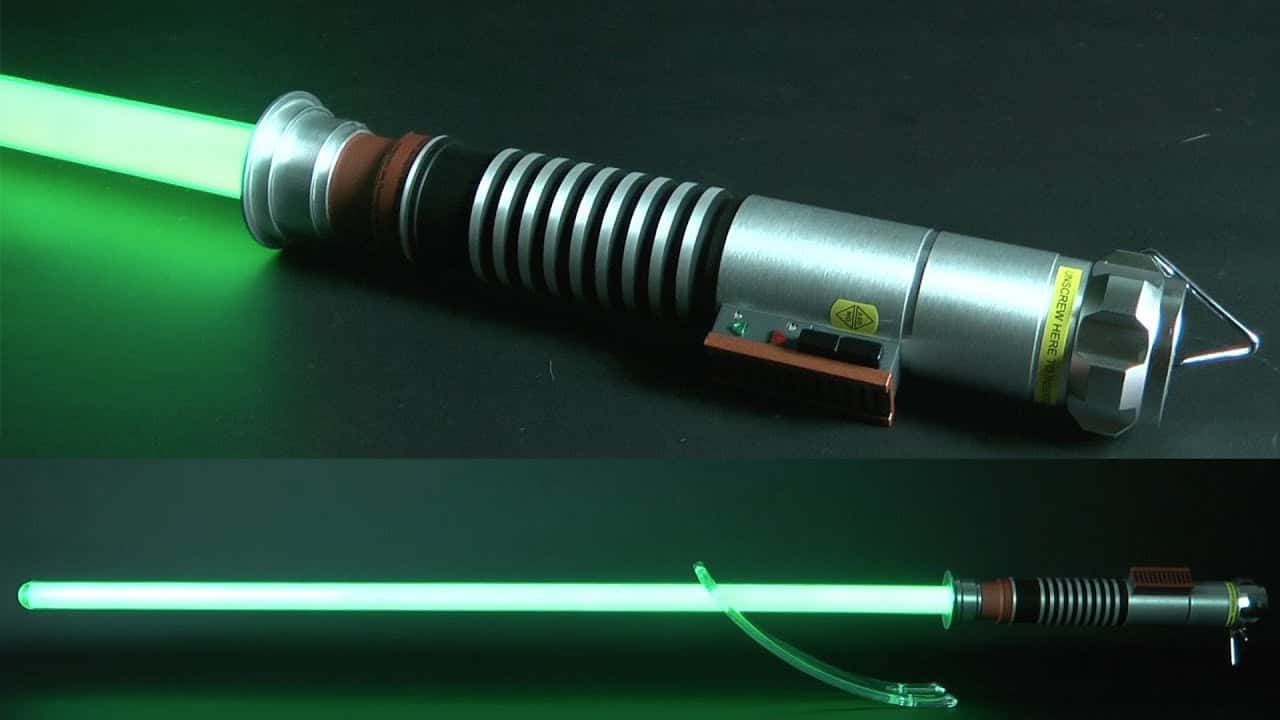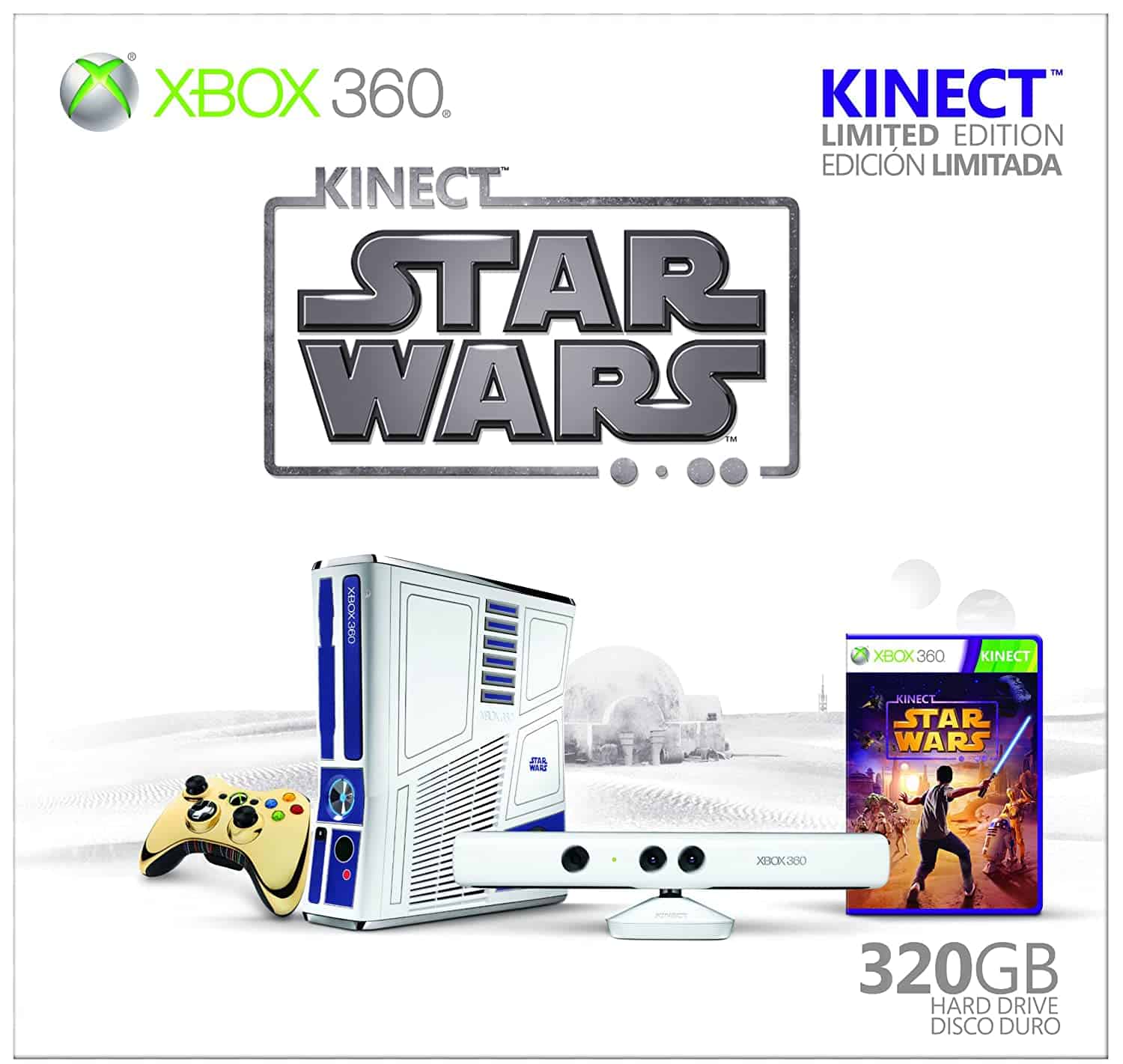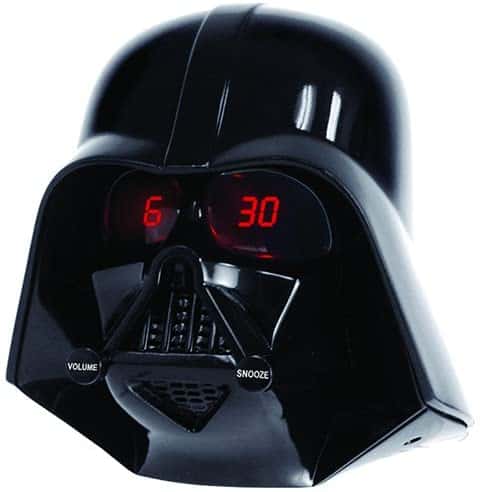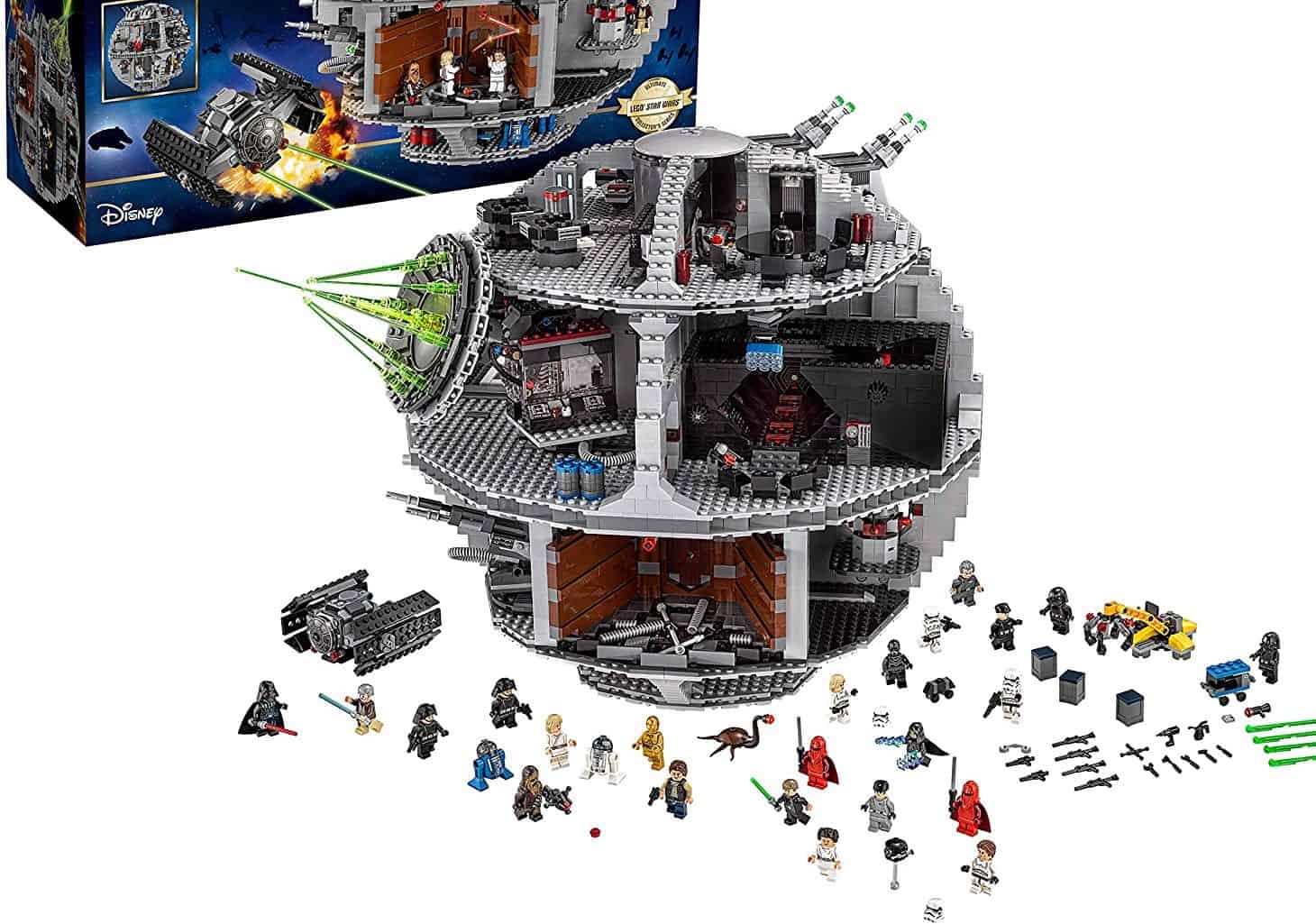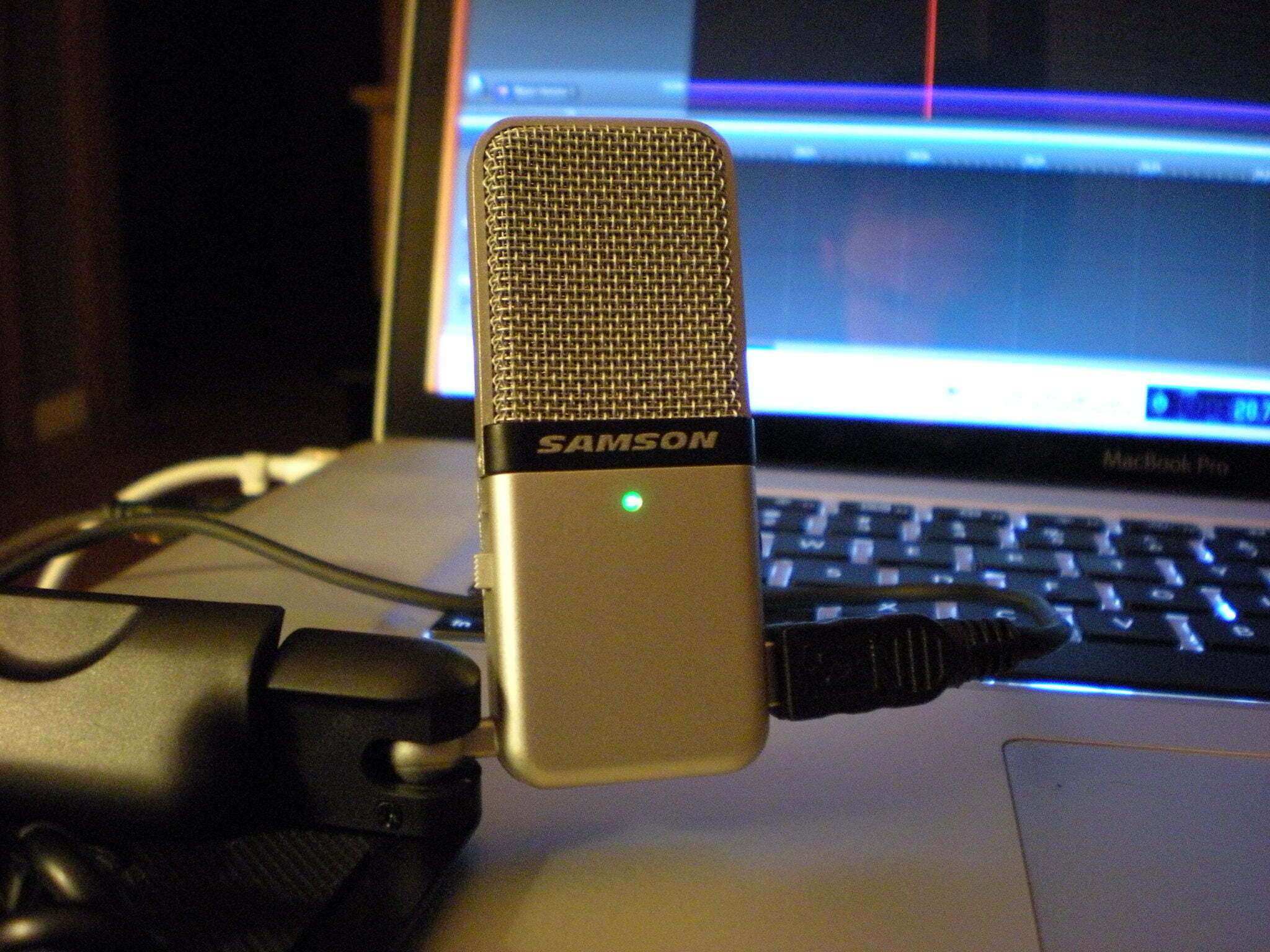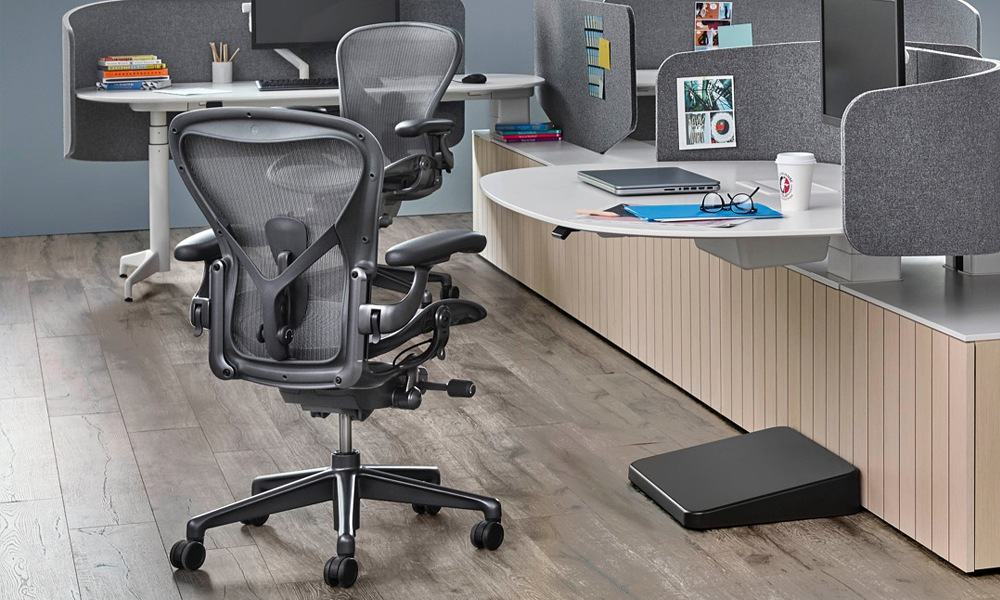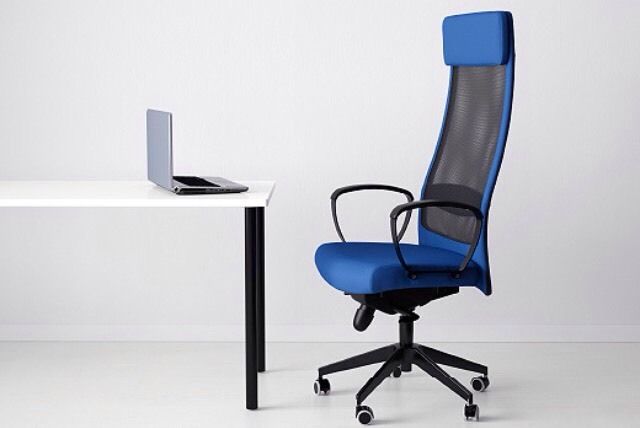There are many reasons to own a microscope – whether it’s for a fun hobby or professional reasons. To discover the best microscope for your needs, we eliminated any that don’t offer more than 400x magnification, as you can’t see blood cells, protozoans, or bacteria floating around below this figure. Whether you’re getting a microphone for yourself or thinking of it as one of the many gifts for geeks, we know the ones on this list are sure to blow you away.
We rated the OMAX Binocular Microscope our #1 pick out of the top 7 best microscope that are suitable for in the classroom, on the go, or for laboratory purposes. It’s reasonably priced, has a magnification up to 2000x, comes with a double-layer mechanical stage to center your slides without slipping, and comes with a built-in camera to capture your moments.
Top 7 Best Microscopes Compared
#1 OMAX 40x-2000x Lab LED Binocular Microscope
Award: Top Pick
WHY WE LIKE IT: This OMAX microscope offers eight magnification levels from 40x to 2000x, variable LED intensity and a host of additional features. As 1000x is the maximum recommended level for home use, this makes the OMAX microscope ideal for those looking for laboratory-level detail, allowing you to view blood, urine, and fecal samples.
- Clips and slides move up/down with the focus so slides don’t fall off
- Eight different magnification settings; 40-2000x
- Purchase includes 100 cleaning papers and cover slips
- Slides are small, making it difficult to observe items larger than a diamond
- LED light can sometimes flicker
- Doesn’t come with a manual
Thanks to the combination of coarse and fine focus, with the Omax 40x-2000x Microscope you’re in control of adjusting how much detail you want to see from your object. The binocular offers eight different magnification levels from 40x to 2,000x, so you can closely observe cells. This product is equipped with LED lighting and fitted with dimmer controls so you can adjust the amount of light that escapes through the base lens. This microscope also features a 360-degree swiveling binocular, which comes in handy when presenting your findings to others.
Related: If you’ve got a sweet tooth then take a look at the best gummy bears on the market.
This OMAX product uses a full 3D mechanical stage, allowing you to have an excellent vision of the object while adjusting the objective range. You can also conveniently connect the device to a USB digital camera to record everything you see within the microscope to later save to your computer.
#2 My First Lab Duo-Scope Microscope
Award: Honourable Mention
WHY WE LIKE IT: This My First Lab microscope includes 50 pieces of equipment, including a plastic test tube, five blank slides, a plastic petri dish, four prepared slides, and more. It’s simple to use, lightweight, and comes with all the necessary equipment you need, making it great for children searching for their first microscope.
- Purchase comes with everything you need to get started
- Easy to understand 10-page manual
- Sturdy and durable construction
- Some accessories are sharp, so use adult supervision
- Only comes with a 1yr warranty, compared to the OMAX microscope 4yr
- Carrying or dust case isn’t included
One of the standout features of this microscope is its combination of a compound and stereo dissecting microscope. This feature enables you to use the microscope to observe large 3D objects such as a bug or coin. Your purchase comes with three magnification settings including 40x, 100x, and 400x. It’s also easy to switch between the different magnification settings, making this microscope child-friendly and easy to use.
When you switch to the stereo setting, you’re limited to two magnification settings, including 40x and 100x, which is a normal criteria for a stereomicroscope. Fortunately, this makes it easier for children to observe a coin, and there are different levels to focus on, using the focusing knob, so children can view the object up close and have a lot of fun in the process. We also love that the included kit comes with four prepared slides, which is great for a first-time user so wean yourself into using a microscope.
#3 AmScope B120C Compound Binocular Microscope
Award: Best for Laboratory Use
WHY WE LIKE IT: This AmScope binocular microscope is fitted with a 360-degree rotation binocular head, which offers a comprehensive view and reduces eye and neck strain. This feature makes the microscope suitable for long-term use such as teaching demonstrations, and laboratory purposes.
- High magnification of 2500x
- Blue color feature for clear vision
- Can control and adjust the distance of the light
- The camera can’t connect to Macs that use a USB 3.0
- Complex to set up, so not suitable for beginners or nonprofessionals
- Difficult to clearly view thick objects if you use the maximum magnification
This microscope offers a high magnification of 2500x, which allows you to observe your object in great detail, especially for use in a laboratory. The AmScope features a binocular head that can be adjusted between 53 to 77mm for convenience and easy use for each person. This feature also considers people’s different eye strengths and makes it a suitable purchase for almost anyone.
Related: If you love peanuts then you might like some of the best peanut brittle to ever be made.
Let’s not forget about the 1.3mp digital camera included with this microscope. You can connect this camera to almost any computer and capture images or even stream live videos, making it a perfect purchase for professionals such as lecturers using it in a classroom setting. There’s also the Radical 2500x High Power LED Cordless Microscope that comes with three rechargeable AA batteries. This glass optical system has a moveable Abbe condenser with an iris diaphragm and 3D mechanical stage, and 25 biological prepared slides are included.
#4 SkyBasic LCD Digital Microscope
Award: Best Value/Great for High-Tech Users
WHY WE LIKE IT: This SkyBasic LCD Digital microscope features a high-quality 4.3-inch screen that displays details in a full HD resolution. Its 2.0 MP camera sensor enables you to observe every detail in your object, making it great for those who need to focus sharply and conveniently, and for a group of people to observe the data at the same time.
- High magnification up to 1000x
- Lithium battery provides up to 4 hours of continuous use
- Focus wheel easily stops at each segment
- Not the highest magnification on the list
- Difficulties connecting to devices with Windows 10
- Only offers two kinds of resolution
Discover details from 50-1000x magnification to observe minute details in everything, including cells. The added benefit of a high-quality camera enables you to witness microscopic details without squinting your eyes. This is one of the best microscopes to use in low-lit areas, as it’s equipped with eight built-in LEDs, so you can adjust the brightness to your desired level of illumination.
Once you’ve observed your sample, store the details in the included Micro SDcard that can hold up to 8GB of images and videos. If you require a microscope for a laboratory or to analyze later, you can easily come back to look at the data another time. It connects to both Windows and Mac devices.
#5 TELMU Microscope
We’re sorry, this product is temporarily out of stock
Award: Best Budget
WHY WE LIKE IT: This TELMU microscope features a built-in color filter wheel to save you from staining slides, has three magnification settings, and is made of durable materials. These combined features, and its low price (lowest on our list), make the microscope easy to use and long-lasting, allowing little ones to explore science for the first time.
- Purchase includes a mini projector to present findings in poor lighting
- Includes 70pc accessory set
- Lightweight and easy to transport for on-the-go fun
- Can’t adjust the LED light settings to optimize vision
- Have to hold the focus handle in place or it can flick off
- Doesn’t come with instructions
TELMU include over 70 accessories with this microscope so children have everything they need for a starter kit. This microscope is also less complex to set up and adjust the settings, so children can begin their venture quickly. This product is also the cheapest option on this list, which allows children to experiment and parents don’t have to worry about mistakes.
Although this TELMU microscope carries a fun factor and is aimed at children, it still allows you to see an incredible amount of detail. With a top magnification of 1200x, you can see 180 microns, such as frog’s blood cells in great detail. The mini projector with this purchase allows youngsters to present their findings to parents or in class, too.
#6 National Geographic Dual LED Student Microscope
Award: Best for Children
WHY WE LIKE IT: This National Geographic microscope comes with an extensive learning guide and offers a simple design, such as two sets of lenses. Its no-fuss minimalist approach makes this an ideal purchase for young learners.
- Features two light settings to improve visibility
- Simple to use
- Includes a range of accessories & learning tutorials
- Doesn’t feature a rotating head to share discoveries with parents or teachers
- Only coarse focus with no fine focus for clearer viewing
- New integrated screen for children to save findings & later analyze
This microscope comes with high-quality glass optics for 20x and 50x magnification. With only two settings to choose from, a child will quickly understand how to use the microscope without always needing adult supervision. Its highest magnification lets you see 5mm within the object, which allows a fun insight without making the vision too complex for children. It’ll inspire their minds without over-complicating things!
Your purchase also includes a Brine Shrimp Experiment, making it ideal for first-time microscope users. The detailed instructions enable your child to get hands-on experience before they move on to a more powerful microscope with a higher magnification.
#7 Carson MicroBrite Plus 60x-120x LED Microscope
Award: Best Pocket/Ultra Budget
WHY WE LIKE IT: This Carson microscope is not only ultra inexpensive but lightweight and compact to easily fit in your pocket. Weighing just above 2 ounces, it’s convenient to carry around with you if you like to explore objects outside but don’t want to bring them indoors.
- Convenient to carry on the go
- Suitable for flat surfaces and 3D objects
- Great accuracy for newby microscope users
- Doesn’t come with slide pieces
- Measures 2.2 x 1.2 x 3.7 inches, which is difficult for observing large objects
- Not suitable for observing insects
Carson designed this microscope with two objectives of 60x and 120x, allowing you to see more than 2mm of an object, which is ideal for exploring plants in great detail. To control your focus, in built-in focus setting is easy to use while you’re looking at your object and doesn’t flicker between settings.
Fabric, currency, rocks, and plants show up great under this microscope since these objects don’t move, so you don’t need to obtain them on slide pieces. With a built-in spherical lens, this prevents any distortion and a bug-eye effect.
How We Decided
It can seem overwhelming to choose the best microscope. We chose the best microscopes available to purchase by following a list of essential requirements. First, all of the microscopes mentioned above come with a reliable and effective focus system with an ergonomic and easy-to-use design that you can adjust while using the microscope.
It’s important that a microscope is equipped with multiple magnification settings, and a minimum magnification of 50x as this allows you to see 3mm into an object. We also included an array of compound microscopes as these are best-suited for examining minute objects since the space between the lens and slide is minimal.
To improve your vision when examining your object in the microscope, all of the above microscopes come with an LED light. This seems to be the most efficient lighting system for optimal vision while offering cordless use.
All modern microscopes come with a coarse focus setting, but we provided extra points to microscopes with fine focus (the majority of microscopes on this list include this feature). This means you can view many levels to your magnified object. Using a fine focus means the object is stretched vertically and allows you to analyze various levels of the object using a light touch.
The Best Microscopes
The Most Important Features to Consider: 300-500 words
- Resolution
The objective lenses determine the resolution. You may research a microscope’s magnification, which will magnify an image of the object, but it won’t enable you to see deep into its cells. As such, look into the objective lens, as this will provide the amount of detailing you can capture through the eyepiece. We recommend microscopes with an objective of 10x and 40x, as opposed to one at 20x and 20x. These figures don’t determine the total magnification, but a better resolution so you can see the object in more detail. - Monocular or Binocular
Determine if you’re looking for one eyepiece or two, depending on what you’re using the microscope for, and your budget. A binocular view is more comfortable on your eyes, as you don’t have to teach your brain to ignore information from one eye. This is much safer on the eyes and brain if you’ll use the microscope every day. Alternatively, consider a monocular microscope if a child will be using the microscope as they can have difficulties with viewing an object through a binocular eyepiece.

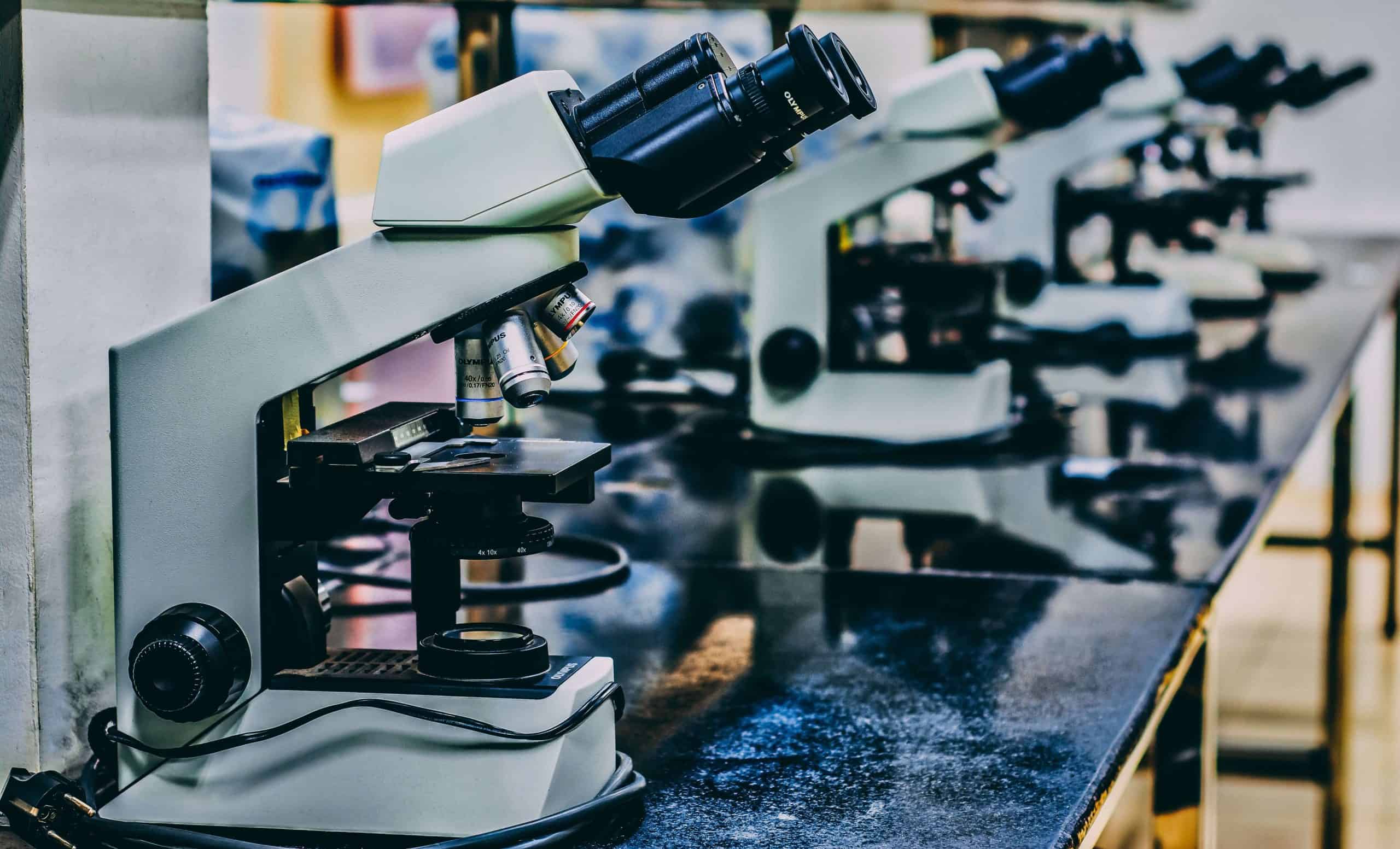












![6 Best Peanut Brittles for [year] 17 6 Best Peanut Brittles for 2026](https://www.gadgetreview.dev/wp-content/uploads/best-peanut-brittle.jpg)
![7 Best Gummy Bears in [year] 19 7 Best Gummy Bears in 2026](https://www.gadgetreview.dev/wp-content/uploads/best-gummy-bears.jpg)


